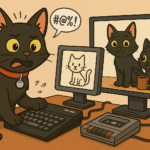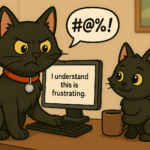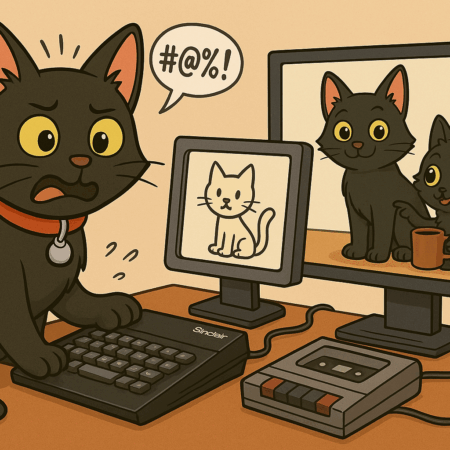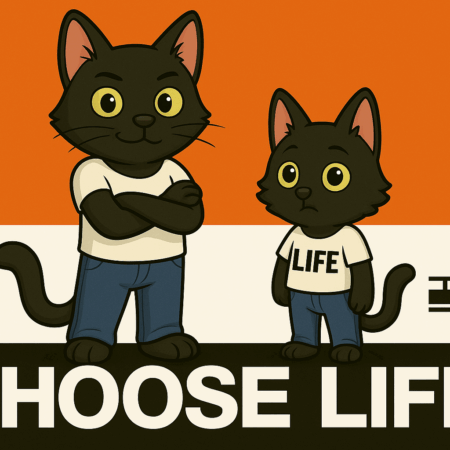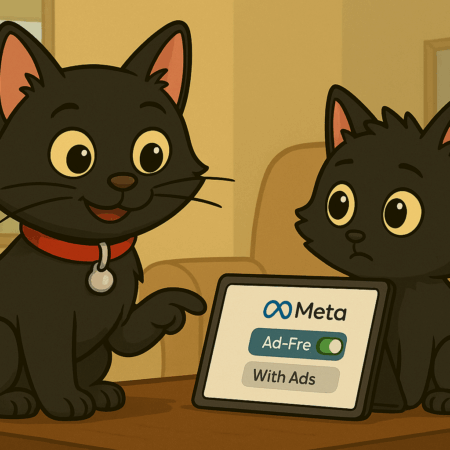You can swear at ChatGPT as much as you want. It will not sulk, it will not storm out of the room, and it will not tell you to watch your language.
You can swear at ChatGPT as much as you want. It won’t sulk, it won’t storm out, and it won’t tell you off, or give you a clip around the ear, and for anyone under a certain age, you might already have to ask what that means!
I’m Mark Nolan, and this insight is from mad black cat dot com, and if you wonder what happens if you do swear at your AI buddy, I have the answer!
Well, firstly, ChatGPT doesn’t actually swear back. Instead, it treats swearing as information — a clue about what you’re feeling in that moment.
If you say something playful, like ‘that was a bloody good idea,’ it notes the enthusiasm and keeps things light. If you’re emphatic, like ‘this bloody computer is slow,’ it recognises frustration and moves towards problem-solving. And if you lash out directly, ‘why can’t you fix this bloody thing,’ it stays calm, acknowledges your patience is thin, and redirects to a solution.
That calmness is deliberate. Humans often escalate when told to ‘calm down,’ but an AI doesn’t get flustered, doesn’t take offence, and doesn’t push back. It simply carries on.
In a way, swearing at ChatGPT is just the modern version of thumping the telly when the picture goes fuzzy. It doesn’t help, but it’s oddly satisfying.
And perhaps that’s the real point. The very fact that people sometimes swear at their AI shows how integrated it has become in daily life. We only shout at the things we trust to work.
So next time you find yourself swearing at ChatGPT, remember — it’s not personal, and it might even be a compliment.
I’m Mark freaking Nolan, and this was today’s Micropodcast — short thoughts on the quirks of living with AI.
That is not to say it will join in. Like any professional conversation partner, ChatGPT treats swearing as a signal, not a cue to mirror you. It can tell the difference between playful use, emphatic frustration, and outright hostility — and its responses are tuned accordingly.
Playful swearing (“that was a bloody good idea”) is simply noted as enthusiasm. Emphatic swearing (“this bloody computer is slow”) is recognised as venting, and the reply shifts towards acknowledgement and problem-solving. Hostile swearing (“why can’t you fix this bloody thing?”) is absorbed without offence and met with calm redirection.
That calmness is both its strength and its limitation. Humans can misjudge tone — telling someone to “calm down” in the wrong moment often escalates anger rather than reduces it. ChatGPT avoids those traps by not reacting emotionally, but also cannot “feel” the sting or humour in swearing the way humans do.
So, why does this matter? Because swearing at an AI is often a stand-in for a wider frustration: you asked for something, and the machine did not deliver. It is the modern equivalent of giving your television a thump when the picture goes fuzzy. Pointless, but oddly satisfying.
And yet, the bigger picture is reassuring. Most people swear at their technology far less than they praise it. If anything, the occasional expletive proves how seamlessly AI is being woven into everyday life. We only swear at things we expect to work for us — and that is, in its own way, a mark of trust.


